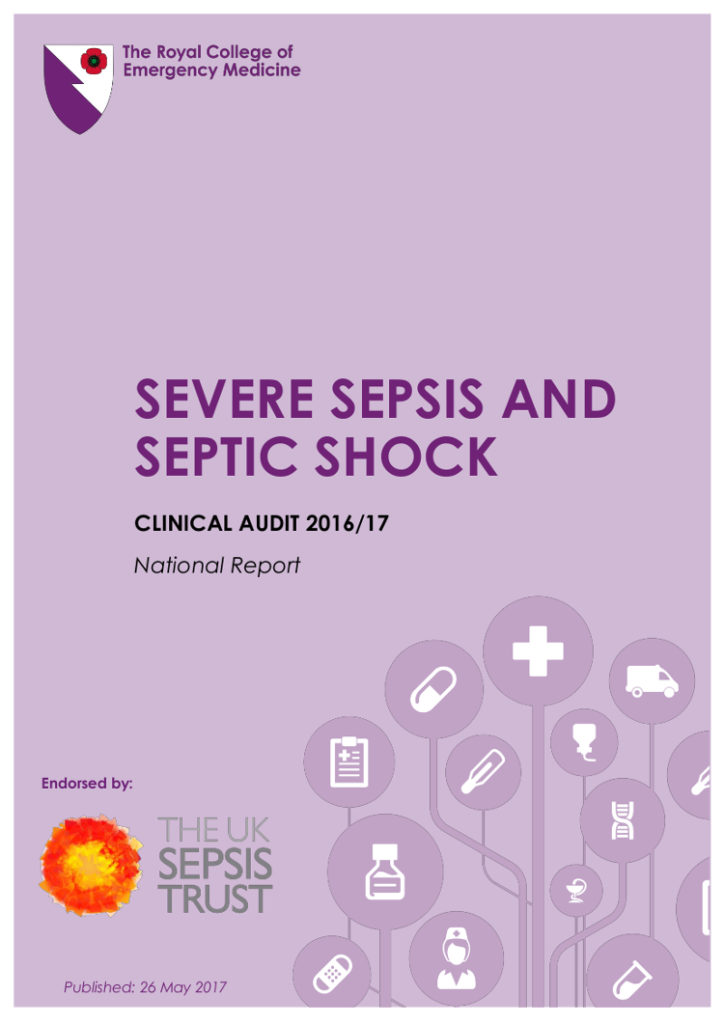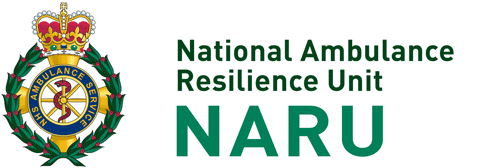 Sepsis care is improving but treatment needs to be faster, according to a new audit by the Royal College of Emergency Medicine.
Sepsis care is improving but treatment needs to be faster, according to a new audit by the Royal College of Emergency Medicine.
The report published on 26 May audited 13,129 adults presenting to 196 Emergency Departments (EDs), and was endorsed by the Sepsis Trust. It shows an improvement in the proportionof patients receiving the best care for severe sepsis and septic shock, but that improvements are needed to make treatment available faster.
The RCEM audit is designed to drive clinical practice forward by helping clinicians examine the work they do day-to-day and benchmark against their peers, and to recognise excellence. There is much good practice occurring and RCEM believes that this audit is an important component in sharing this and ensuring patient safety.
Dr Taj Hassan, President of the Royal College of Emergency Medicine said:
“Sepsis continues to be a leading cause of death in patients admitted to hospital as an emergency. It is vital therefore that staff in the Emergency Department are able to rapidly assess, recognise, risk stratify and treat such patients with proven evidence based therapy.”
There has been a steady improvement in the ‘Sepsis-Six’, an initial resuscitation bundle designed to offer basic interventions within the first hour of arriving at an ED. However, despite seeing improvements in care, the report finds that RCEM standards are not yet being met by all EDs. Dr Hassan added:
“Studies have repeatedly shown the power of the Sepsis-Six resuscitation bundle in improving patient care if delivered in a timely fashion”.
There has been a steady improvement in the giving of antibiotics over the years and now 44% of patients receive them within an hour of arrival. There has been a slight improvement in the giving of IV fluids from 40% to 43%. The taking of blood cultures and the measurement of lactate in the first hour have both improved, up from 40% to 45% and 49% to 60% respectively. Documentation of urine output measurement is poor at only 18%.
Documentation of a full set of observations including capillary blood glucose on arrival is currently at 69% although this is achieved by the upper quartile in 91% of patients. The number is brought down significantly by including capillary blood glucose. Senior review of patients with sepsis is at 65% and this could be an important factor affecting care.
Dr Jeff Keep, Sepsis Lead at the Royal College of Emergency Medicine said:
“More positively, almost all EDs have a sepsis lead, a sepsis protocol and provide sepsis education. This is a great achievement and shows how responsive emergency medicine is as a specialty to the many recommendations for improved organisation that have come from national reports.”
Dr Hassan has a supportive message for EDs:
“I encourage you all to review and improve the way in which you support your multidisciplinary ED Sepsis Team and your ED Sepsis Lead. Interpret your data well, dissect out the delays and make a true drive for quality care.”
